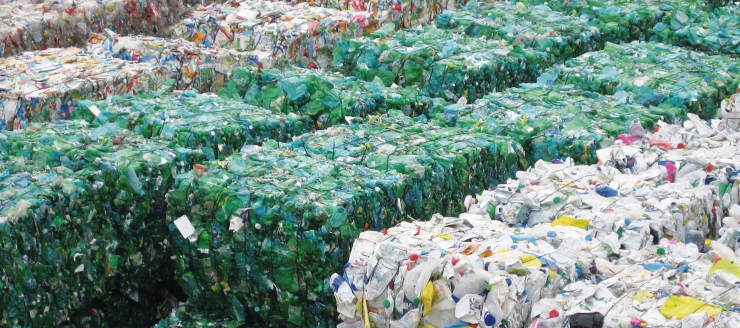
The world has been almost unanimously pushed forward by the swift advancement of technological capability. Considering what we can achieve today compared to just 10 years ago is something of a marvel. But one sector has, until recently, been notably slower to embrace technology as a potential benefit. For the waste management sector, traditional methods of booking and communicating with customers have been the steadfast norm. But with new technology, innovative methods, and helpful apps now making an appearance across the sector, this is all set to change.
In this article, we’ll be exploring all sorts of new technology in the waste management world.
Automatic waste disposal and collection
Waste has become public enemy number one in recent years. As a potential solution to waste management, pollution, and traffic issues, Greener Ideal reported on the growing use of automated waste collection. Essentially, the process would see an underground network of tubes linking homes and designated outlets to a waste collection centre. People would have a bin for general waste, organic waste, and paper waste, and would sort their rubbish and recycling as is standard today. When the bins reach a certain limit, the bottom would open to “flush” the waste out through vacuum tubes. No more putting the bins out!
It is already used in parts of Europe and in Disney World. There are plans to make it more mainstream, but has been held up at points by concerns over larger items of waste not being able to go into the automated waste collection outlets.
An app for everything
If an app can help us do everything from tracking weight loss goals to learning new languages, then surely they can help with waste management! Embracing the rise of app culture, waste management companies have begun to develop and release apps to help businesses and residents address their waste in a more efficiently, environmentally friendly manner.
Combatting food waste: Too Good To Go
There are loads of incentives to help reduce food waste. Too Good To Go, for example, is an app that allows people to buy food that restaurants are going to throw away (excess and surplus at the end of the working day) for cheap. The app is currently active in eight European countries, and plans to expand further. The app is connected with over 5,000 stores, 3 million users, and claims to have saved 2.5 million meals’ worth of surplus food.
The app is currently available on Google Play and the Apple App Store.
Smoother skip hire: SiteBuddy
This next app is perfect for businesses. SiteBuddy has been developed by the UK’s leading provider of outsourced waste management and recycling services, Reconomy. The app allows businesses to hire, off-hire, exchange, or reorder a range of skips, from 8 yard skips to hazardous waste skips. The app also allows users to respond to any on-site issues or project developments quickly and efficiently – without any delay from phone calls or waiting to book an order. It works alongside Reconomy’s online portal too, which will store a full audit trail.
The app is available for download on Google Play and the Apple App Store.
Fuel from waste food: anaerobic digestion
Waste and fuel are two major concerns for the modern world. Landfills cannot sustain us forever, and the worry about greenhouse gasses has pushed the need for solutions to both problems. With anaerobic digestion, we may have found one answer for both questions. Waste Management World touts the process as being potentially the best technology developed by the waste management sector in recent years. The process sees waste matter being broken down by microorganisms in an oxygen-less environment. The remains left over can be used as fertilizer, and the gas it produces is used for energy. The process is an improvement upon previous methods used to create compost from organic waste.
Potentially, anaerobic digestion could aid in reducing food heading to the landfill, while increasing fuel supplies. Plus, as humans will always create organic waste, the energy anaerobic digestion creates is classed as renewable energy. However, the technology isn’t cheap to run at the moment — for anaerobic digestion to work on a commercial scale, a huge investment in large tanks and process vessels is required.
Further fuel to advancement: enzyme-based solutions
Anaerobic digestion isn’t the only new technology that could grow to be a future big player in the waste management industry. The Guardian reported on another similar process – the use of enzymes to convert used cooking oil to biodiesel. Novozymes has launched Eversa, an enzymatic solution available for commercial use. The process can turn lower grade oils into biodiesel, which in turn, lowers the cost of raw materials for biodiesel producers. In addition to converting used cooking oil as a raw material, Eversa gets rid of the requirement of sodium methoxide, which is one of the most hazardous chemicals used in biodiesel plants. Removing such hazardous substances is a benefit to both human and environmental safety.

